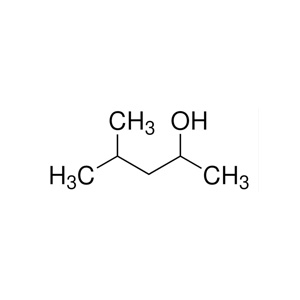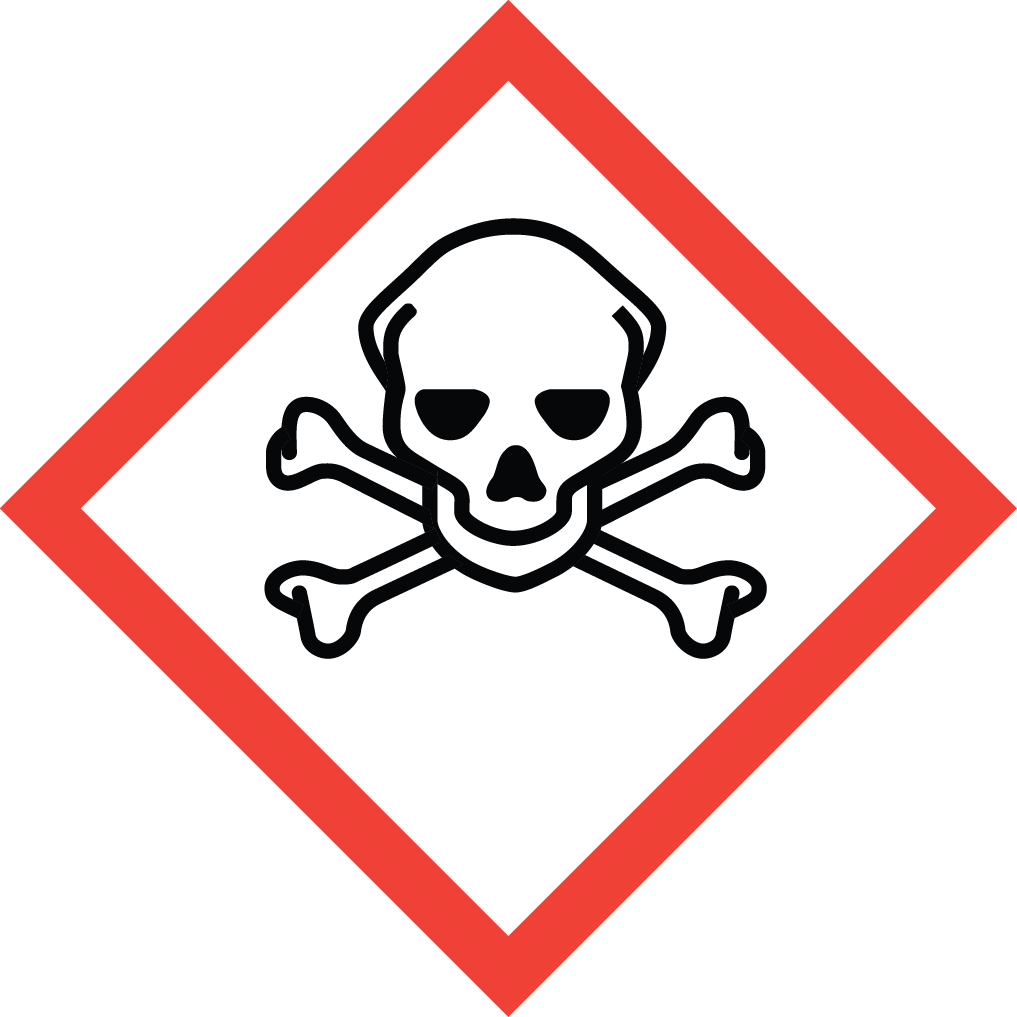Aure Chemical Delivers Excellence in Methyl Isobutyl Carbinol
Methyl Isobutyl Carbinol (MIBC), systematically named 4-Methyl-2-pentanol (CAS 108-11-2), is a secondary alcohol renowned for its use as a specialty industrial chemical. It presents as a colorless, stable liquid with a mild, pleasant odor. MIBC's balanced volatility and unique solvency power make it indispensable across several industries, most notably as an effective, low-froth frothing agent in mineral ore flotation processes and as a key solvent in the surface coatings industry.
Basic Information of MIBC
Meticulously produced and rigorously tested to meet stringent quality standards. We ensure exceptional purity and consistent performance, essential for your critical applications:
| CAS No.: | 108-11-2 |
|---|
| EC No.: | 203-551-7 |
|---|
| Linear Formula: | C6H14O |
|---|
| Molecular Weight: | 102.17 |
|---|
| Appearance: | Colorless, clear liquid |
|---|
| Odor: | Mild, pleasant, camphorous odor |
|---|
| Melting Point: | -90 °C |
|---|
| Boiling Point: | 131.7 °C(lit.) |
|---|
| Density: | 0.802 g/mL at 25 °C(lit.) |
|---|
| Solubility: | Slightly soluble in water; fully miscible with most organic solvents. |
|---|
| Flash Point: | 107 °F |
|---|
| RIDADR: | UN 2053 3/PG 3 |
|---|
| Chemical Structure: |  |
|---|
Application Overview
MIBC is a versatile solvent and reagent, with its most critical use being in the mining industry, followed by its widespread application in specialty chemical synthesis:
Mineral Flotation (Frother): MIBC is one of the most widely used and effective frothing agents in the mining industry, particularly for the flotation of copper, zinc, and molybdenum sulfide ores. It generates a stable, yet manageable, foam (froth) that allows the valuable minerals to be separated from the gangue.
Solvent in Coatings and Paints: It is incorporated as a medium-evaporating solvent in protective and decorative coatings, nitrocellulose lacquers, and other resin-based systems. It improves flow, gloss, and prevents "blushing" (the dulling of the film during drying).
Chemical Intermediate: MIBC serves as a precursor for the synthesis of specialty esters (e.g., MIBC acetate), which are used as plasticizers or high-boiling solvents in printing inks and polymer processing.
Lubricant and Hydraulic Fluid Additive: Due to its stability and solvency, it is used in formulations for brake fluids, hydraulic fluids, and certain cutting oils.
Extractant: It is used in certain extraction processes for pharmaceuticals and flavor compounds due to its unique partitioning characteristics between aqueous and organic phases.
Why Choose Aure Chemical for MIBC?
Aure Chemical is the preferred supplier for Methyl Isobutyl Carbinol (CAS 108-11-2), offering quality and service specifically tailored for the demanding mining and coatings industries.
Frother Performance Certification: Our MIBC is subjected to flotation simulation testing in our labs to certify its performance characteristics, including foam stability and bubble size distribution. This ensures consistent and efficient mineral recovery rates for our mining customers.
Trace Metals Assurance: We guarantee ultra-low levels of heavy metal impurities and other catalyst poisons. This high purity is essential for customers using MIBC in processes like the synthesis of metal-containing polymer additives or high-specification electronic cleaning solvents.
Bulk Supply Reliability: We maintain strategic, large-volume inventories of MIBC across major global logistical hubs. Our supply chain is resilient and designed to guarantee uninterrupted supply to large-scale mining operations and chemical manufacturers, where shortages can result in significant operational losses.
Packaging Integrity: Our packaging solutions are designed to maintain the product's quality over long periods. We utilize internally coated, specialized drums and tanks that prevent moisture absorption and metallic contamination, preserving MIBC's effectiveness in your formulation.
Hazards Classification
GHS Classification: Flammable Liquid (GHS02), Acute Toxicity Oral (GHS06), Specific Target Organ Toxicity - Single Exposure (GHS07), Acute Aquatic Hazard (GHS09)
Hazard Statements: Flammable liquid and vapor; harmful if swallowed; may cause drowsiness or dizziness; toxic to aquatic life.
UN Number: UN 2053
Hazard Class: 3 (Flammable Liquids)
Packing Group: III
 GHS02: Flammable
GHS02: Flammable GHS06: Acute toxicity
GHS06: Acute toxicity GHS07: STOT SE
GHS07: STOT SE GHS09: Environmental hazard
GHS09: Environmental hazard
